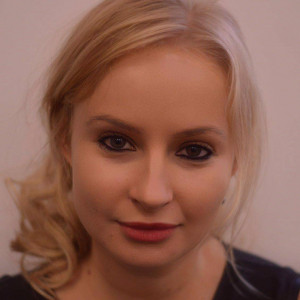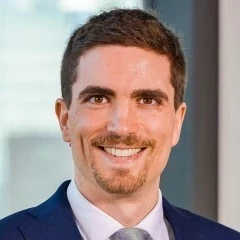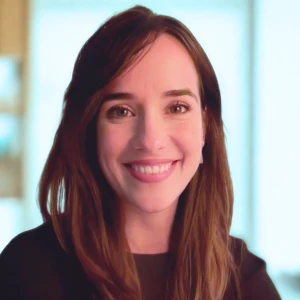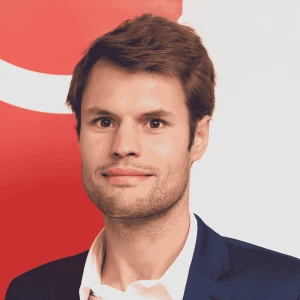Since you need to outline your issue tree in quite a lot of detail from the beginning in interviewer-led cases, should you ask some questions (beyond just clarifying questions, e.g. about terminology) before outlining your structure? E.g. to be able to segment revenues in the most relevant way in a profitability case, should you ask questions such as “what is the client’s product mix” or “what are the primary customer segments”? And if not, how would you be able to provide enough detail in your issue tree from the beginning? Should you simply guess? Or should you outline different ways of how to segment further?
Thanks!













